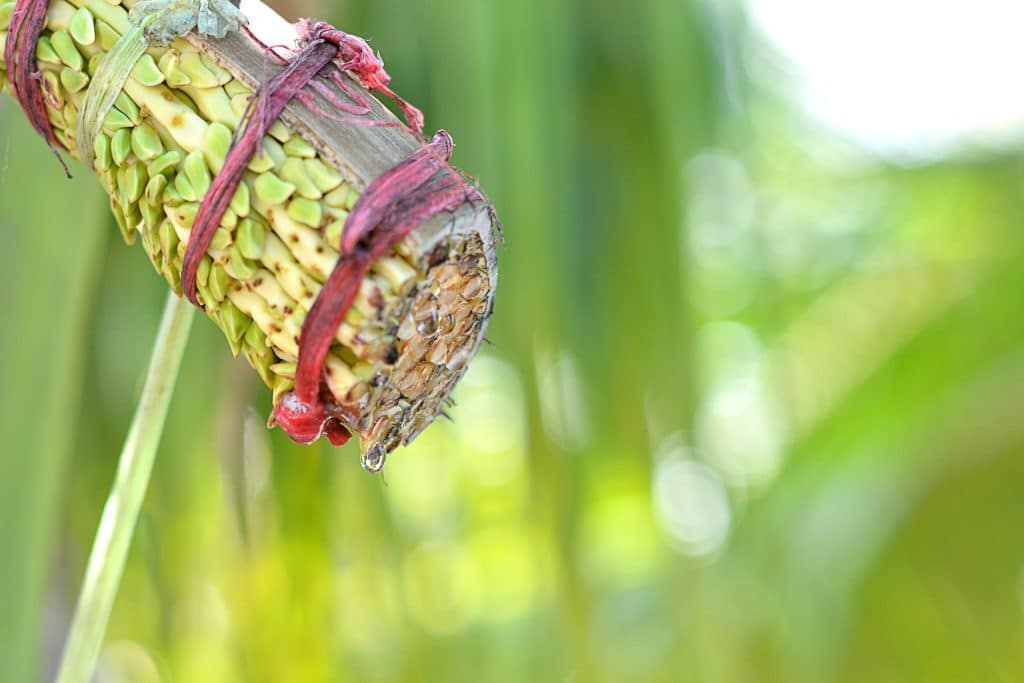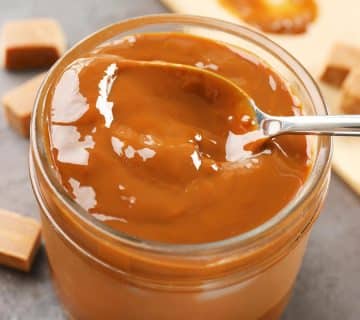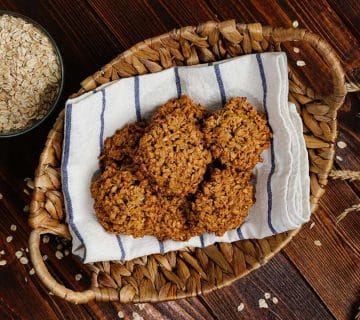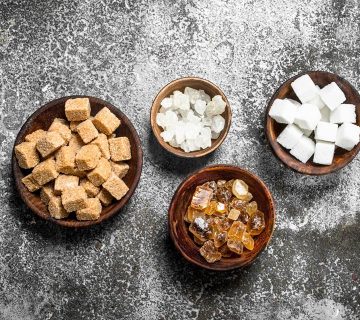Derived from the flowering buds of the coconut tree, coconut sap has been cherished for centuries across tropical regions. It is used to make our coconut sugar, coconut nectar, coconut vinegars and coconut aminos.
In this article, we will delve into the depths of coconut sap, exploring its origins, uses, benefits, and much more. So check it out!
What Is Coconut Sap?
Coconut sap, often referred to as “toddy” or “neera,” is a sweet, translucent liquid extracted from the flower buds of coconut trees. This natural nectar exudes from the inflorescence of the coconut tree and is collected in containers. It is the lifeblood of the coconut flower, providing nourishment and energy for the growth of the coconut fruit.
How To Harvest Coconut Sap
Harvesting coconut sap is a traditional process that involves collecting the sweet, translucent liquid from the flower buds of the coconut tree. Here’s a step-by-step guide on how to harvest coconut sap:
1. Select the Right Tree
Choose a mature and healthy coconut tree for sap harvesting. It should have flowering buds or inflorescence that are in the right stage for sap collection.
2. Preparation
Gather the necessary tools and equipment, including a clean container or bamboo receptacle, a small knife or a specialized cutting tool, and a container for collecting the sap.
3. Identify the Right Bud
Look for a bud that is about to bloom but has not yet opened. The best time to collect sap is when the bud is still in its early stages.
4. Make Incisions

Carefully climb the tree using proper safety equipment and techniques. Once you reach the flowering bud, make small, shallow incisions in the bud’s stem or flower stalk. These incisions should be just deep enough to penetrate the surface and expose the inner tissue without harming the tree.
5. Place Containers

Position a clean container, often made of clay, bamboo, or plastic, beneath the incisions to collect the dripping sap. The sap will flow naturally from the cut flower stalk into the container.
6. Collect Sap Daily
Return to the tree daily to collect the sap. The sap is perishable and can ferment quickly, so it’s essential to collect it regularly. The best time for collection is usually in the morning.
7. Store the Sap
Store the collected sap in a clean and airtight container to prevent contamination or fermentation. Some traditional methods involve adding preservatives to extend the sap’s shelf life.
8. Repeat the Process
Continue the process of making incisions and collecting sap from the same tree or different trees as long as the buds are producing sap. Coconut trees can yield sap for several months.
9. Seasonal Considerations
Keep in mind that the availability of coconut sap can vary depending on the season and the region. Sap production is often more abundant during the flowering season of the coconut tree.
How Is Coconut Sap Used?
Coconut sap is a versatile natural ingredient with various culinary and non-culinary applications. It is prized for its nutritional content, as it contains essential minerals such as potassium, zinc, and iron, along with vitamins and amino acids.
This natural sap is a valuable source of various products, including coconut sugar, coconut syrup, and even alcoholic beverages like palm wine. For better understanding, here’s how coconut sap is commonly used:
1. Coconut Sugar Production
One of the most popular uses of coconut sap is to produce coconut sugar. The sap is collected and then boiled down to create a thick, caramel-like syrup. This syrup is then dehydrated to form granulated coconut sugar.
It serves as a healthier alternative to regular refined sugar and can be used in various recipes, such as baking, cooking, and sweetening beverages.
2. Coconut Vinegar Production
Coconut sap can also be used to make coconut vinegar. The sap is allowed to ferment, which transforms it into vinegar. Coconut vinegar has a unique and slightly sweet flavor, making it a delightful addition to salad dressings, marinades, and various culinary dishes.
3. Sweetening Dishes and Beverages
The freshly collected coconut sap can be used immediately to sweeten foods and drinks. It has a pleasant and mild sweetness, making it a great addition to coffee, tea, and desserts.
4. Syrups and Sauces
The concentrated sap can be further processed into syrups or sauces. These can be drizzled over pancakes, waffles, ice cream, or used as a flavoring in a variety of dishes.
5. Marinades and Glazes
Coconut sap’s unique sweet and slightly nutty flavor makes it an excellent choice for marinades and glazes for meats, poultry, seafood, and vegetables.
6. Traditional Sweets and Confections
In regions where coconut sap is abundant, it is used in traditional sweet dishes and confections. It can be the primary sweetener in sweets, candies, and traditional desserts.
7. Alcoholic Beverages
In some cultures, coconut sap is fermented to produce alcoholic beverages, such as coconut palm wine. This wine can vary in taste from mildly sweet to sour and is enjoyed in moderation.
Conclusion
Coconut sap offers a myriad of nutritional benefits, culinary uses, and sustainable sweetness. Whether you’re exploring healthier sweetening options or aiming to embrace traditional ingredients in your cuisine, coconut sap is a choice that’s worth your consideration.
When it comes to choosing coconut products, Sari Coconut is a trusted supplier you should opt for. With a well-established reputation as a trusted supplier, Sari Coconut offers an extensive range of coconut-based goods that are both delectable and wholesome.
Their unwavering commitment to sustainable sourcing and rigorous quality standards ensures that you’re getting nothing but the finest that nature can provide. If you need more information about coconut products, you can contact Sari Coconut right away!
FAQ
1. Is coconut sap suitable for people with diabetes?
Coconut sap, with its low glycemic index, can be a better choice for individuals with diabetes, but it should still be consumed in moderation.
2. How does coconut sap compare to traditional cane sugar?
Coconut sap has a lower glycemic index and is considered a healthier alternative to cane sugar.
3. Can coconut sap be used in baking?
Yes, coconut sugar can be used in baking as a substitute for regular sugar.
4. Are there any side effects of consuming coconut sap products?
Most people can consume coconut sap products without issues, but if you have a coconut allergy, it’s best to avoid them.
5. Is coconut sap environmentally friendly?
Yes, coconut sap is harvested sustainably, making it an eco-friendly sweetener option.







